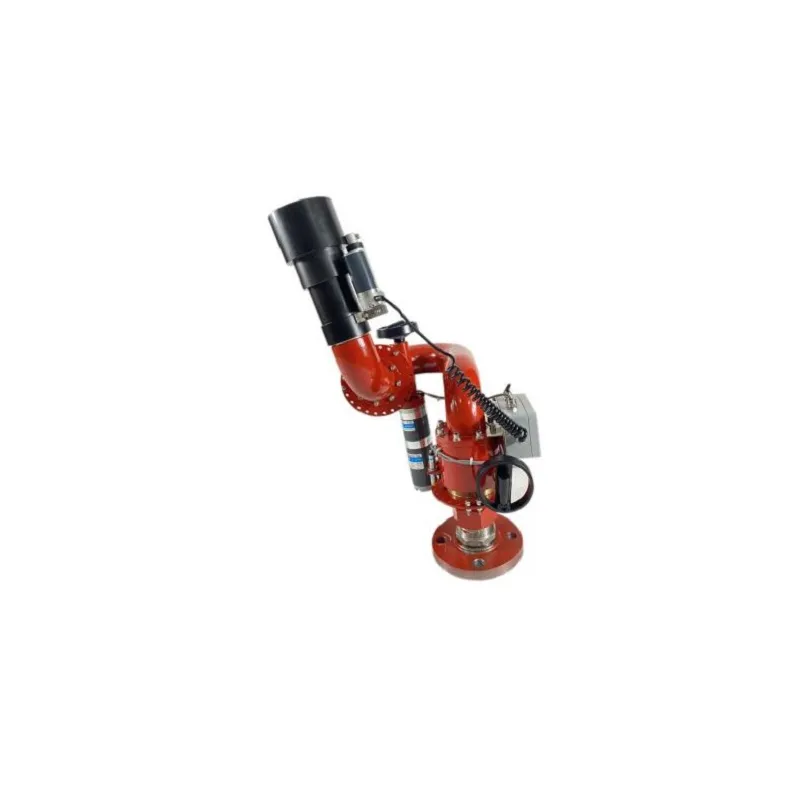Foam chambers are specialized equipment designed to facilitate the controlled generation, separation, or treatment of foam in various industrial processes. These systems play a critical role in several industries, from wastewater treatment and oil & gas production to food processing and fire suppression. Understanding the design, functionality, and benefits of foam chamber can shed light on their pivotal contribution to process efficiency, safety, and environmental protection.
What is a Foam Chamber?

Foam chamber, at its core, is an engineered vessel or compartment that facilitates interaction between liquids, gases, and surfactants to generate or manage foam. It may be a standalone unit or integrated into a larger system depending on the specific application. Foam chambers are typically fabricated from corrosion-resistant materials like stainless steel, polyethylene, or other composites to withstand harsh chemicals and conditions.
Foam Chamber Applications Across Industries
- Wastewater Treatment: In this context, foam chambers are used for froth flotation, a process where air bubbles attach to suspended solids and float them to the surface, facilitating easier removal. This method is particularly effective in removing fats, oils, greases (FOG), and other contaminants from wastewater streams.
- Oil & Gas Industry: Foam chambers are employed in Enhanced Oil Recovery (EOR) techniques to create stable foam that reduces fluid mobility ratio, improving oil displacement and recovery rates. They also serve as separators in drilling operations to remove foam generated during the cleaning and maintenance of wells.
- Food Processing: Food-grade foam chambers are utilized to clean and sanitize equipment by generating foam from sanitizing agents. The foam’s extended contact time improves cleaning efficacy while using less water and chemical resources.
- Fire Suppression Systems: High-expansion foam generators, which are essentially foam chambers, produce large volumes of low-density foam to smother fires by excluding oxygen. These are commonly seen in places with flammable liquid hazards such as fuel storage facilities, aircraft hangars, and chemical plants.
- Chemical Processing: Foam chambers are crucial in chemical reactions that involve foaming stages, allowing for controlled foam formation and release. They prevent over-foaming that could lead to spills, loss of containment, or reduced process efficiency.
The design of a foam chamber must consider factors such as flow rate, foam density, pressure differentials, and the nature of the fluids involved. A well-designed foam chamber includes features such as:
– Efficient inlet and outlet configurations to ensure proper mixing and foam generation.
– Adequate volume to accommodate foam expansion without overflowing.
– Proper drainage mechanisms for defoamed liquid or solid separation.
– Appropriate agitation methods to promote foam formation or breaking, as required.
– Integration with control systems for automated operation and monitoring.
In conclusion, foam chambers are versatile tools integral to numerous industrial sectors. Their ability to handle complex interactions between fluids and gases allows for enhanced operational performance, improved product quality, and significant contributions to environmental sustainability through efficient resource use and waste management. As technology advances, so too will the sophistication and capabilities of these essential components in modern industrial processes.
